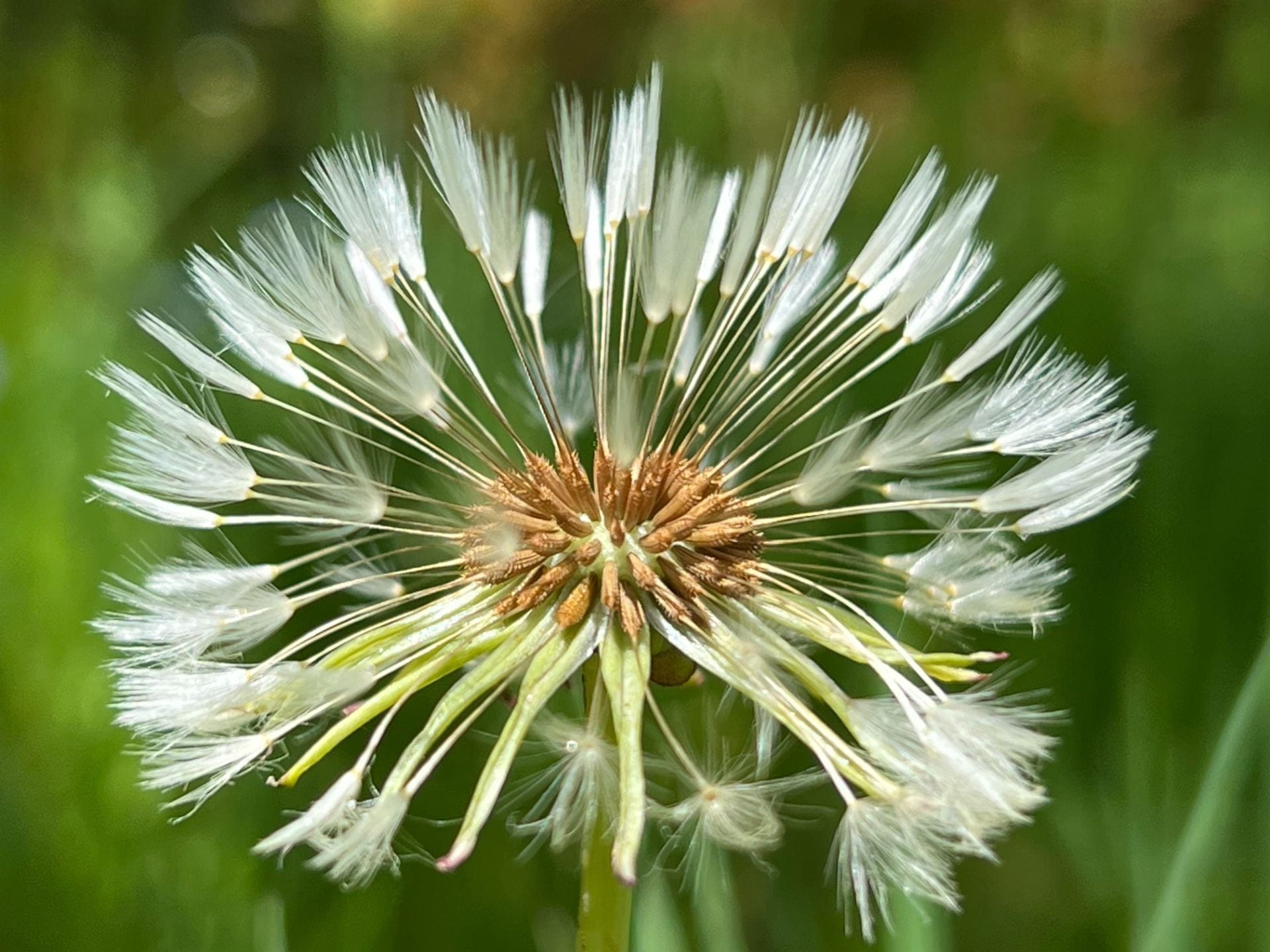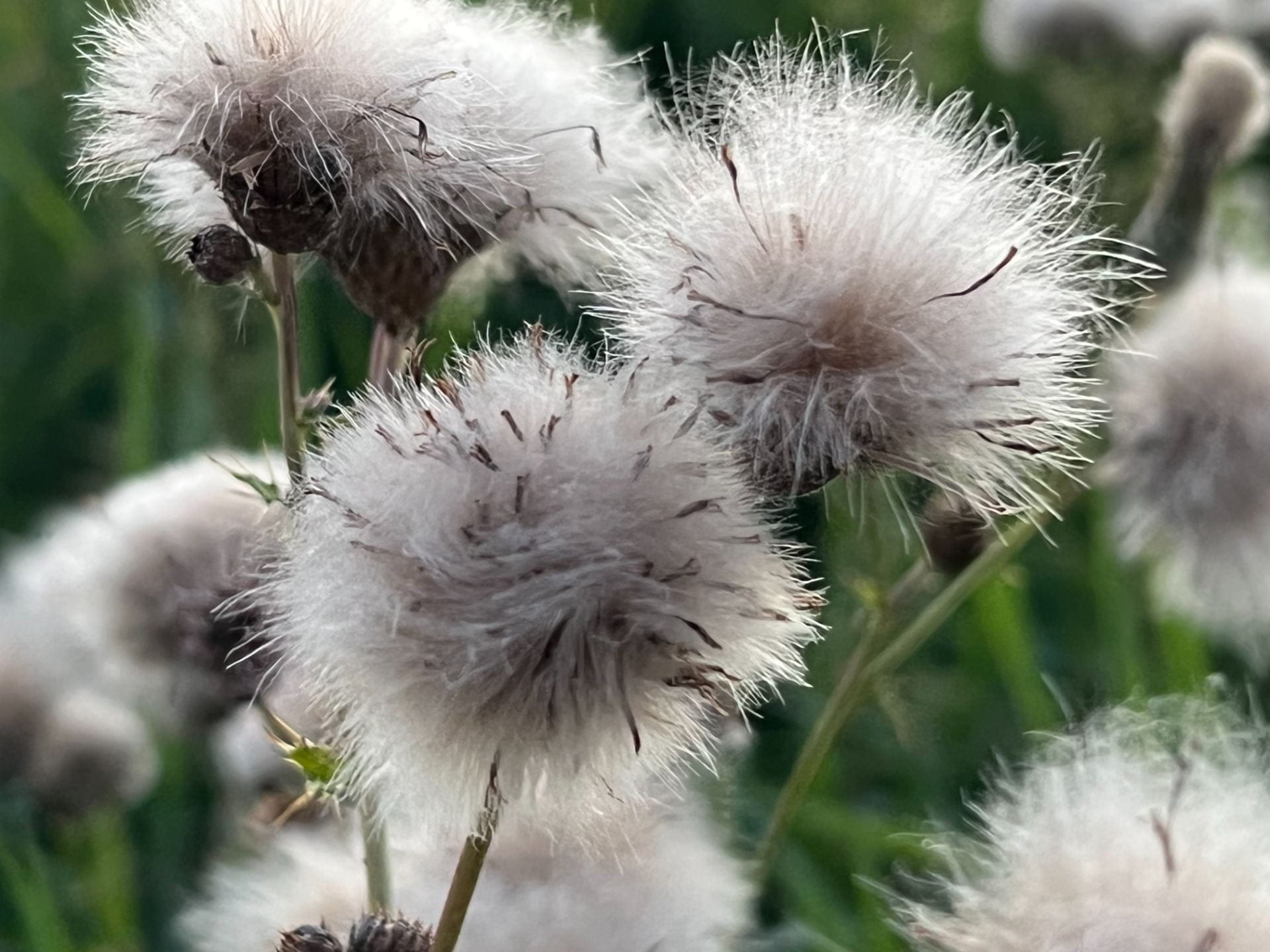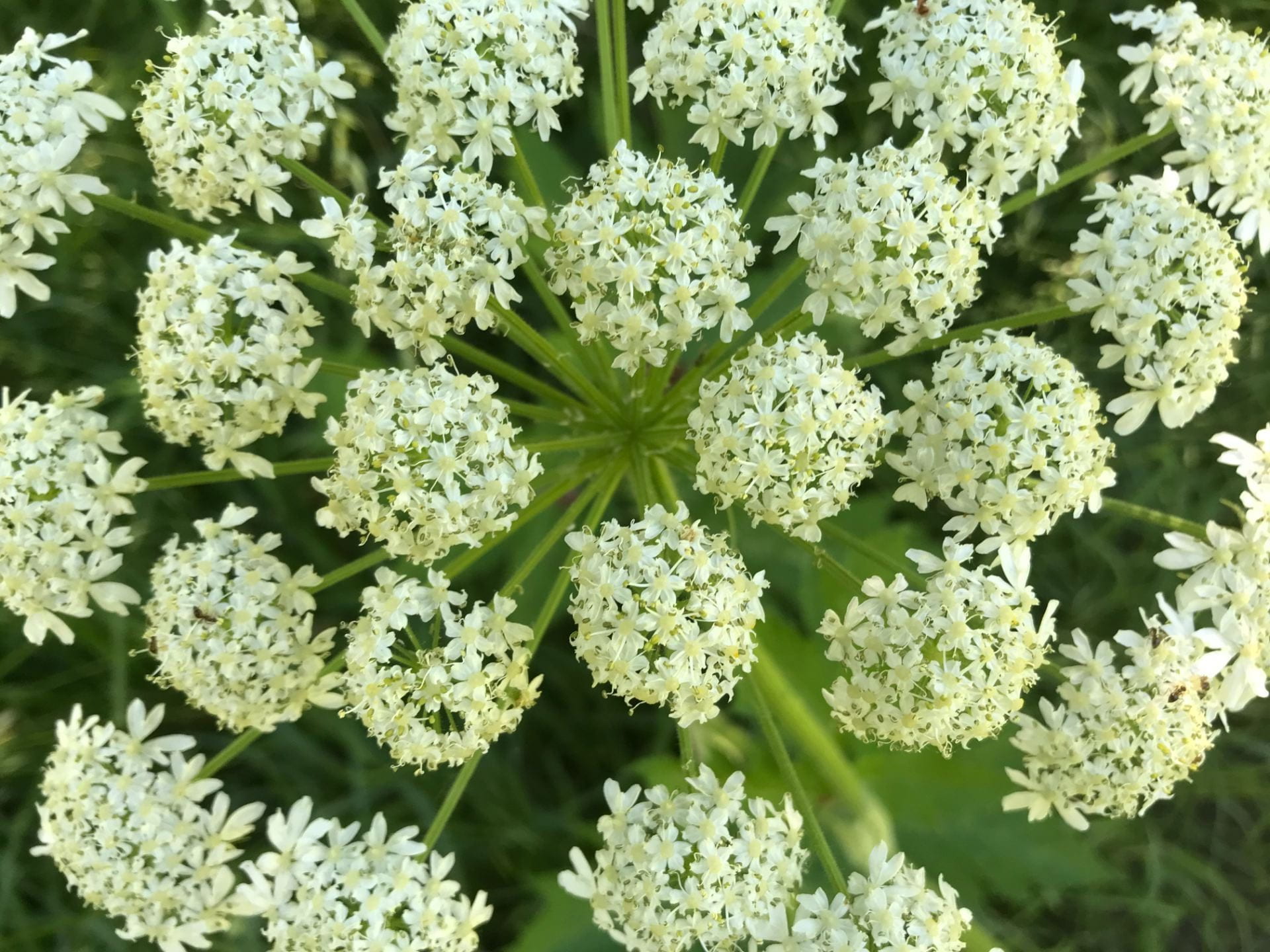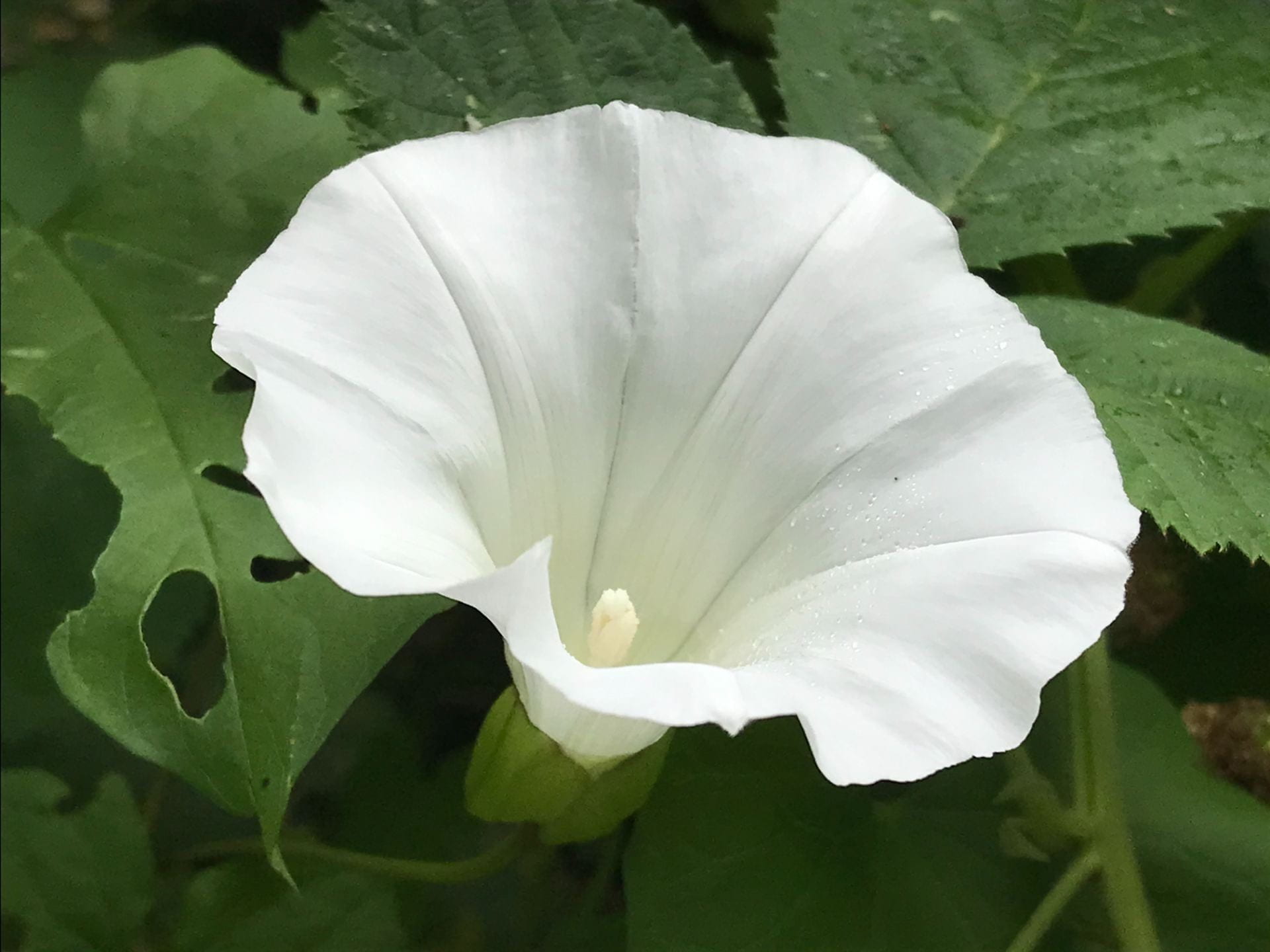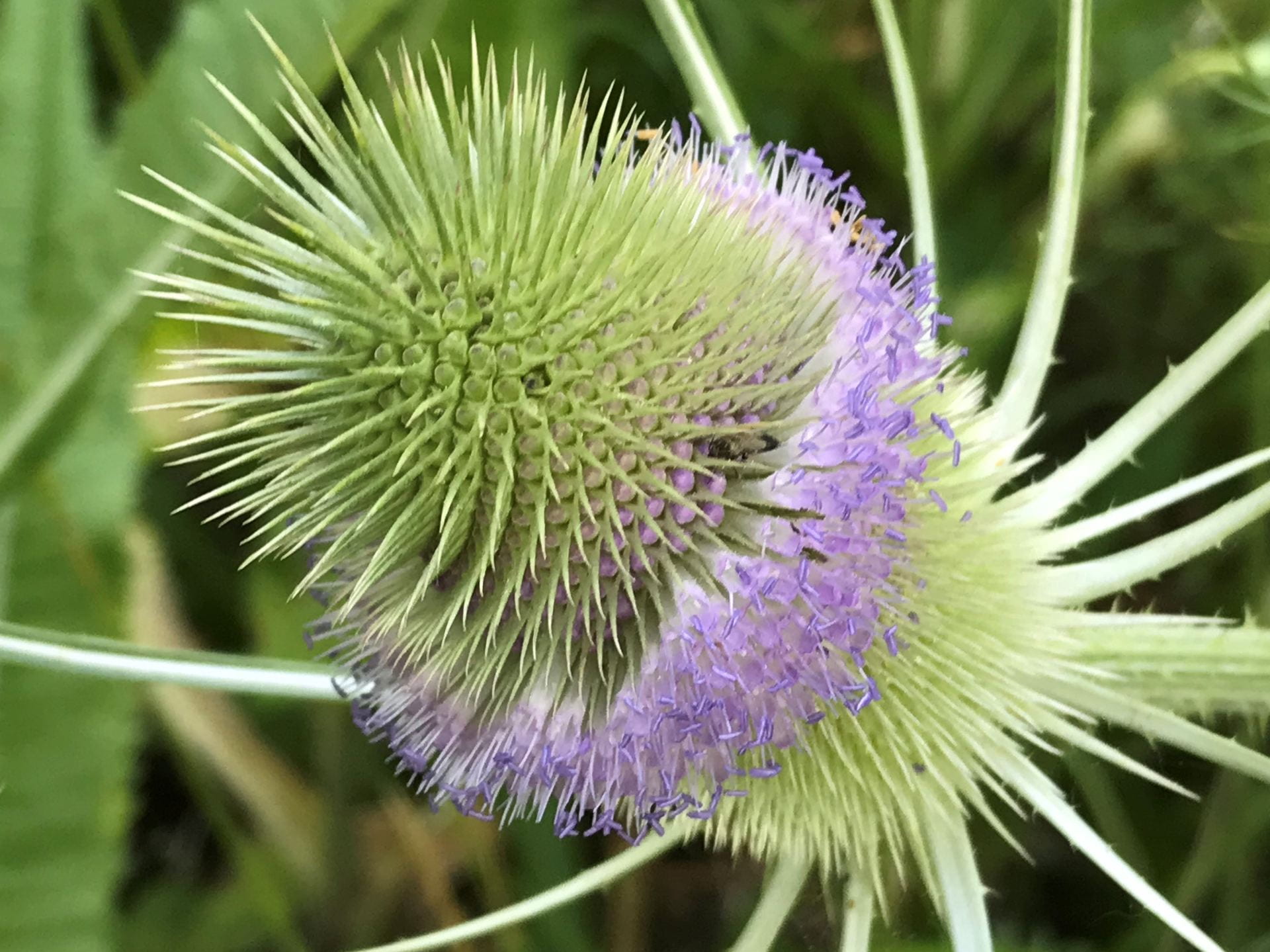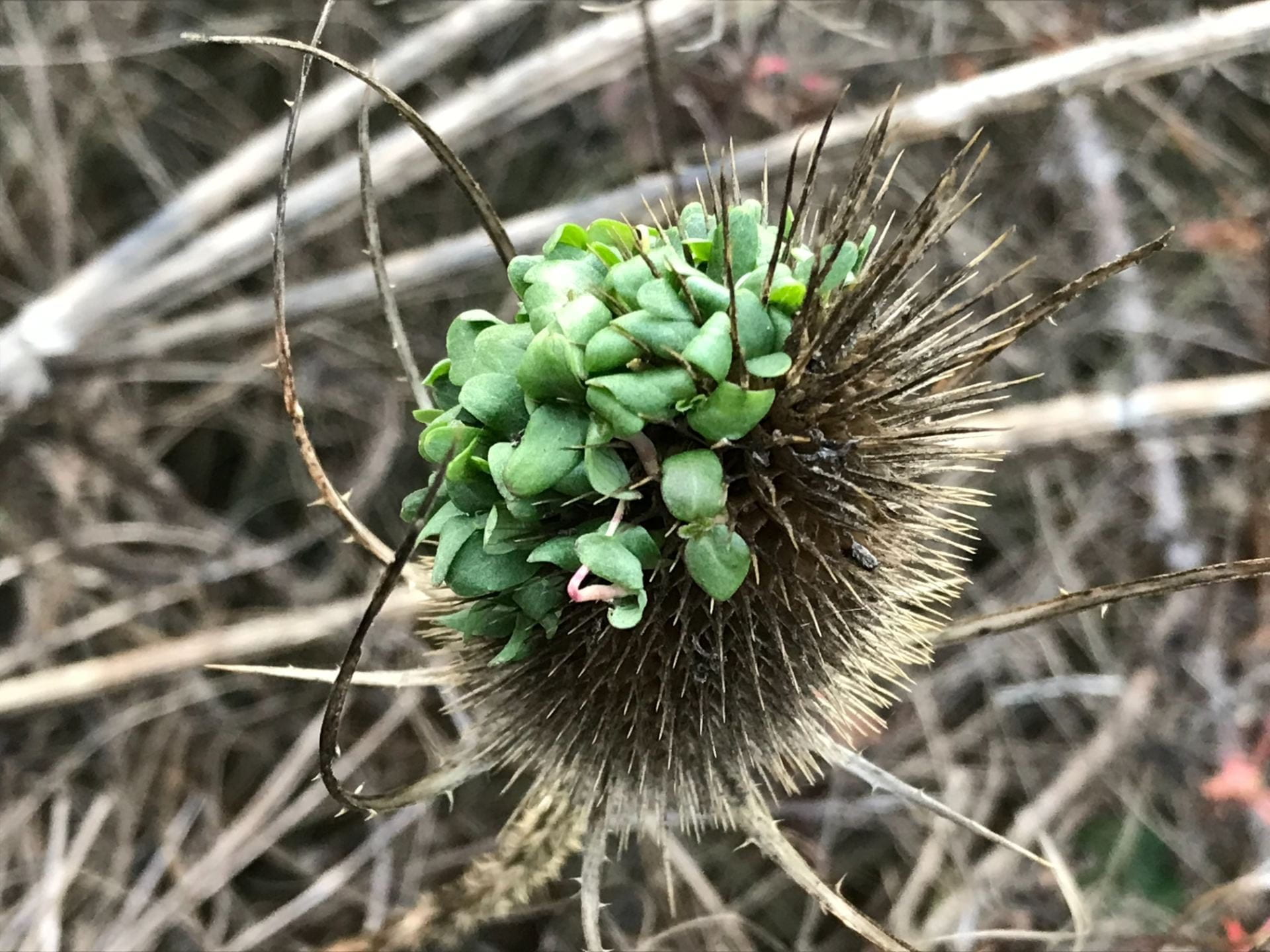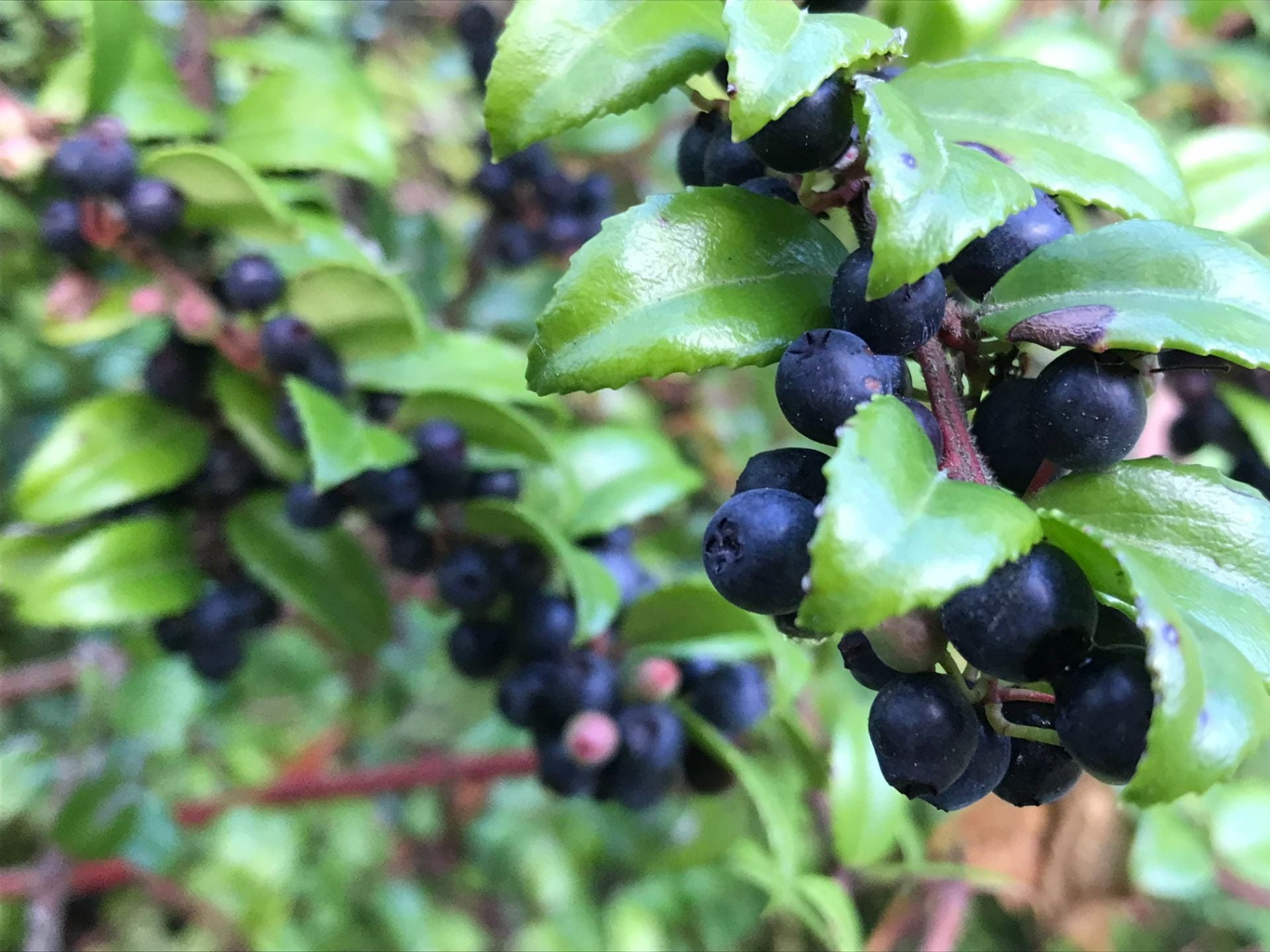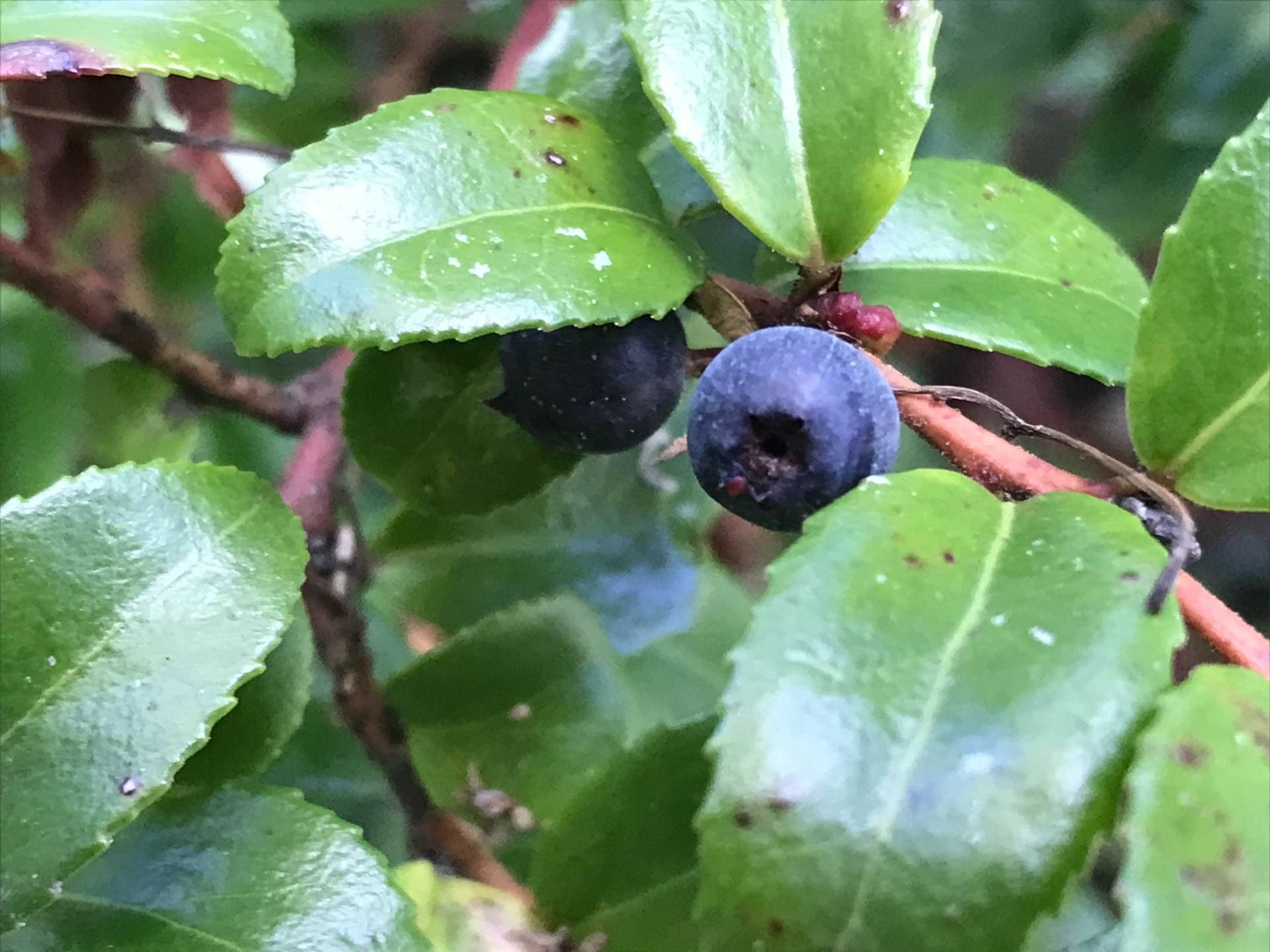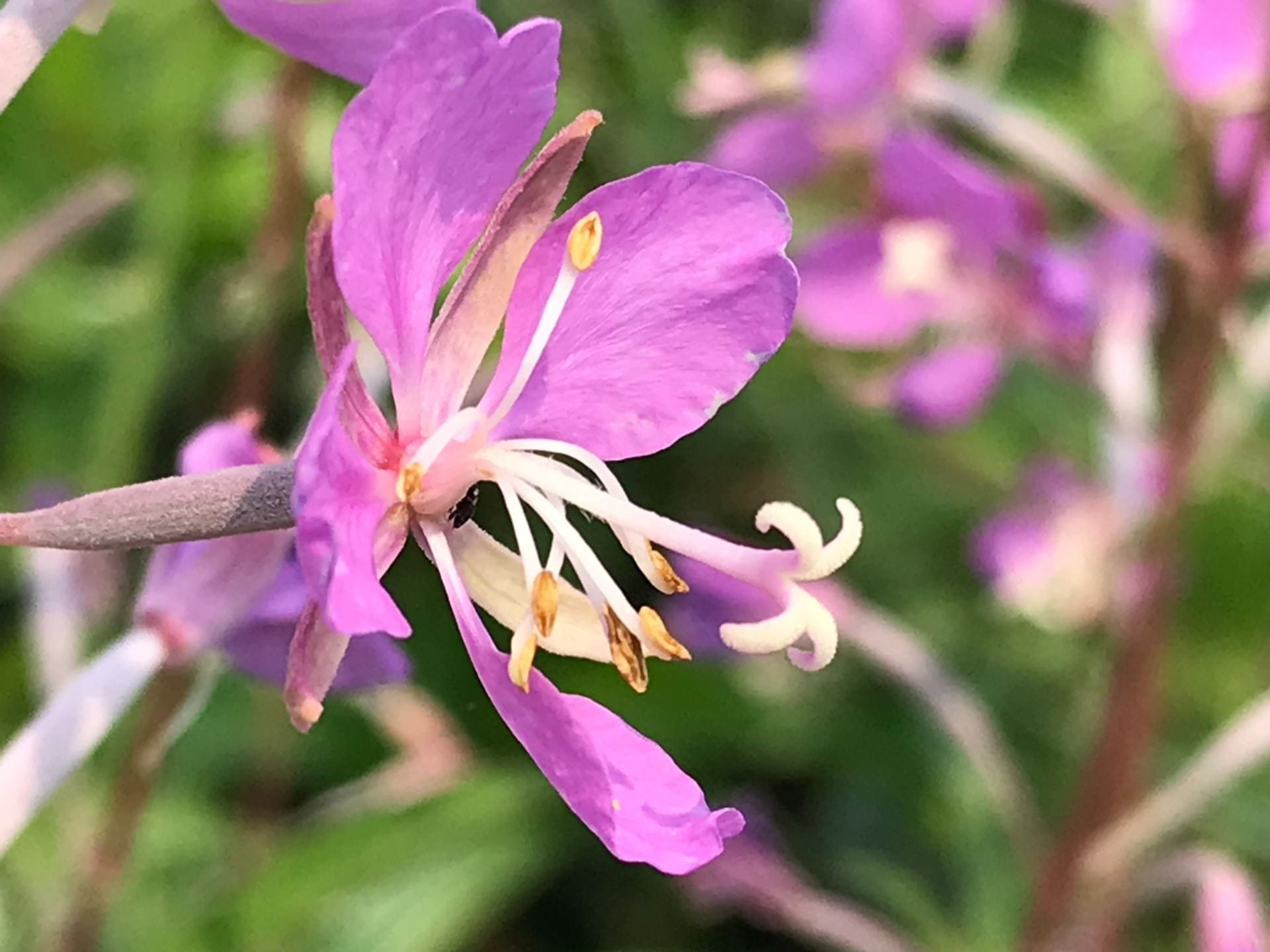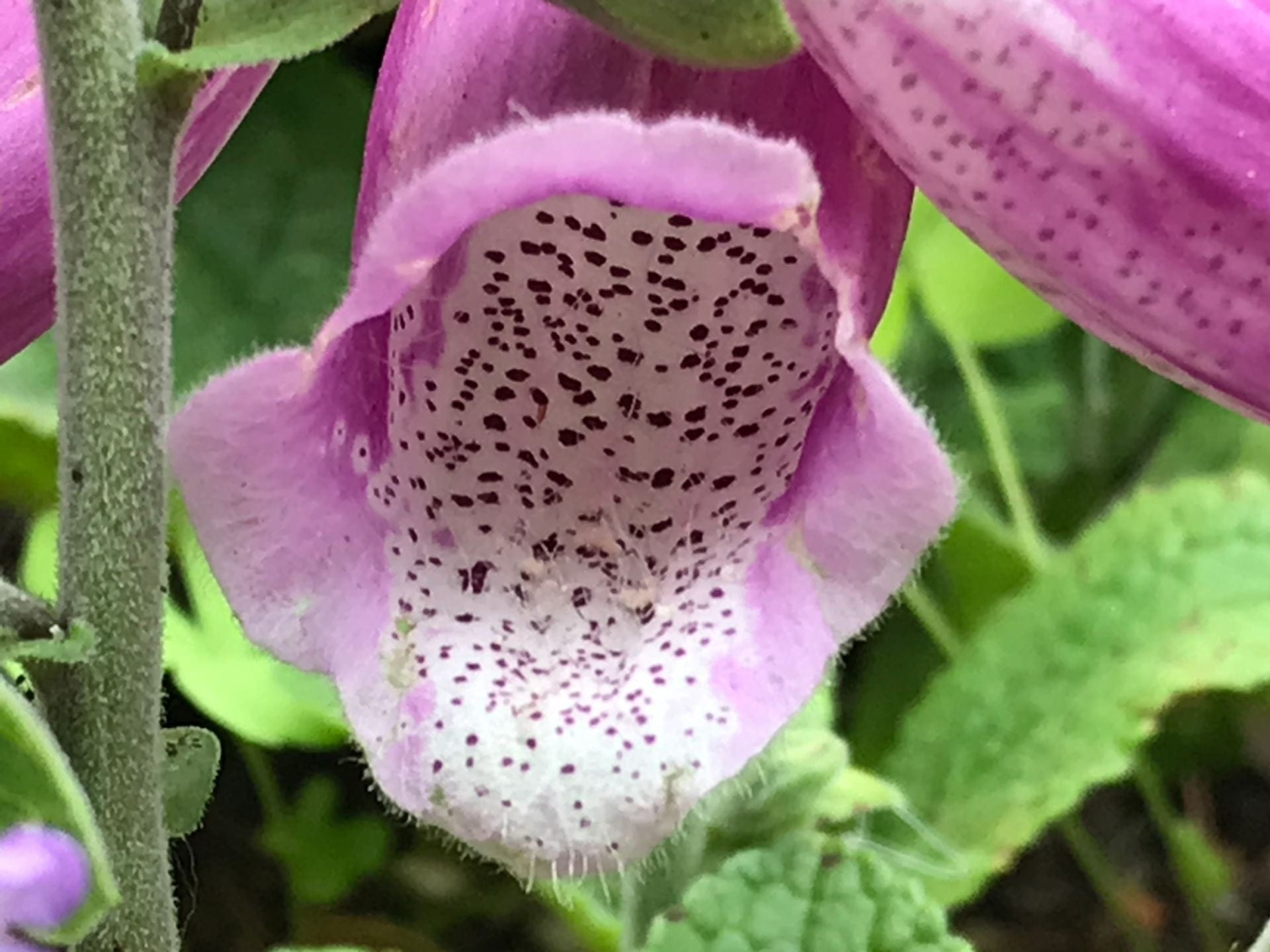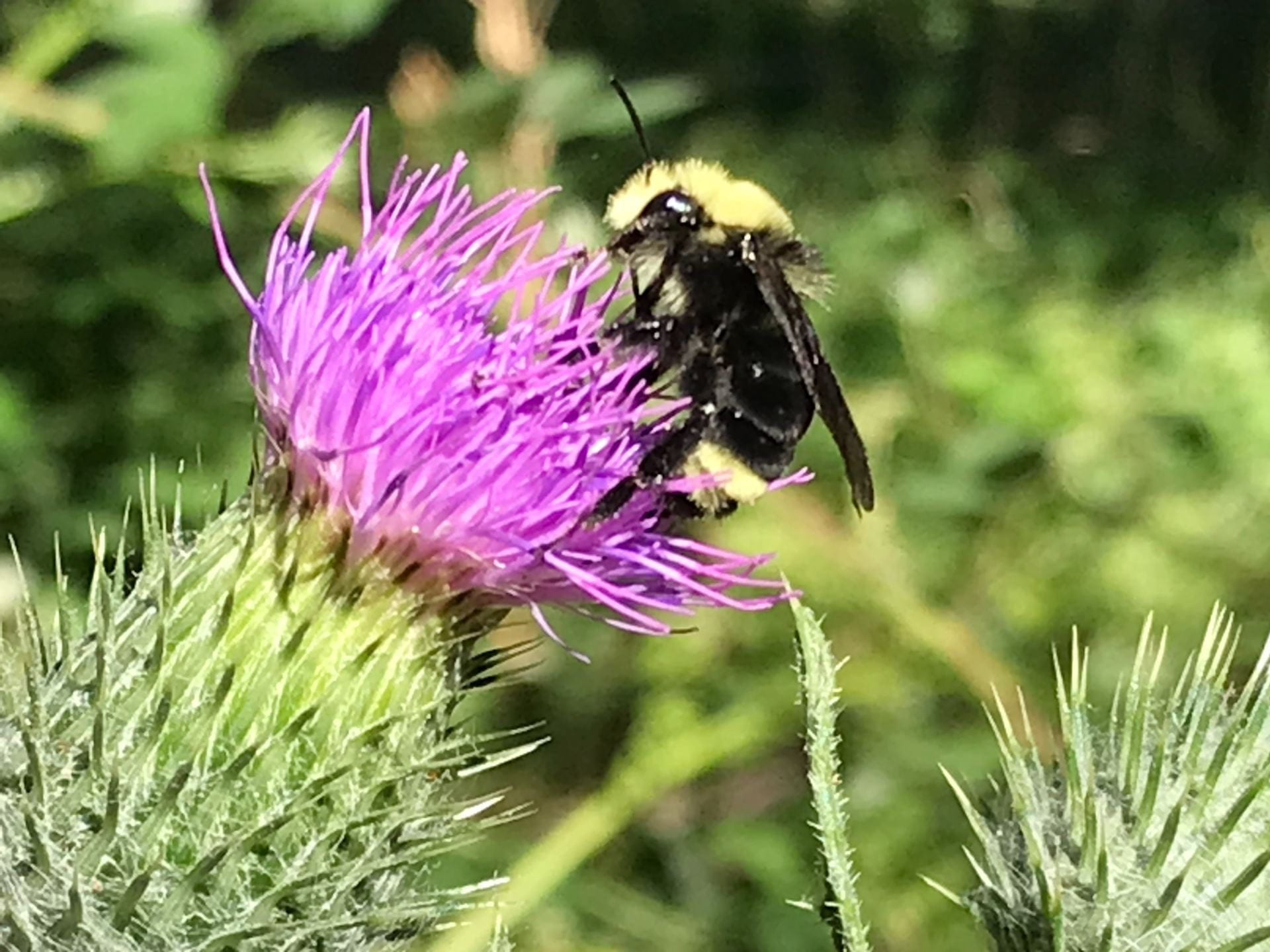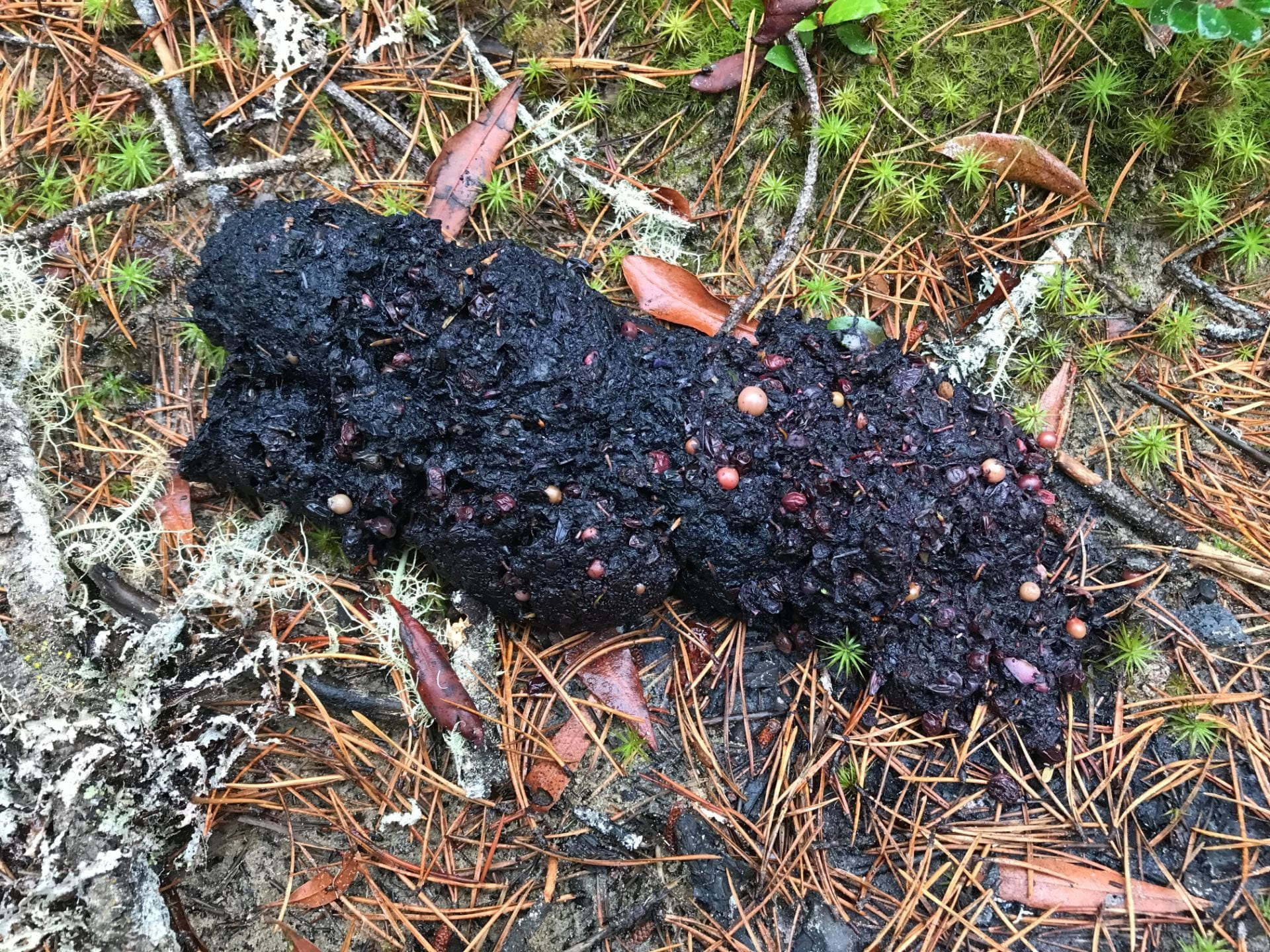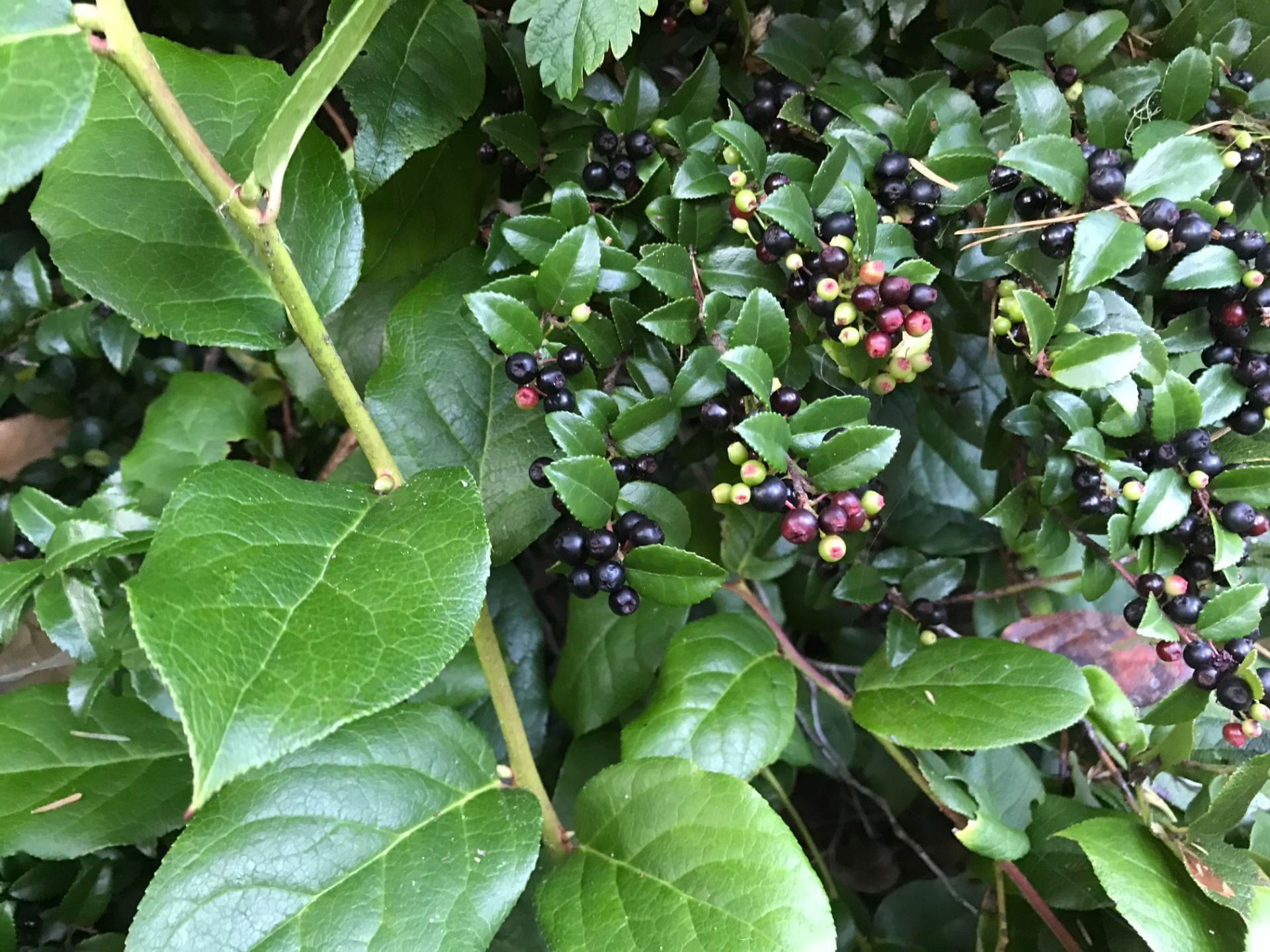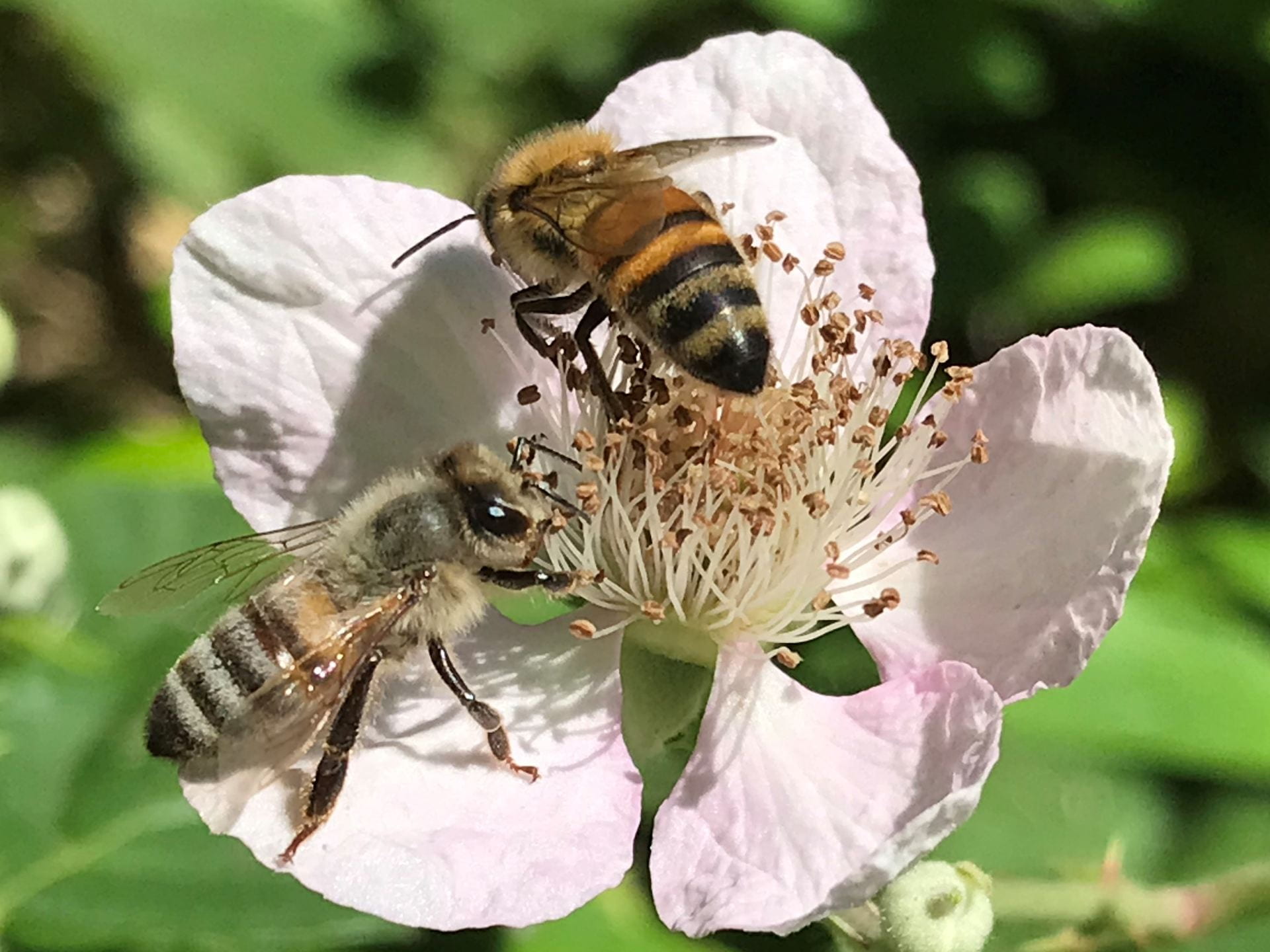Botany
The Problem With Plants
“The problem is: how do humans figure out which plants are food (or otherwise useful) and which ones are fatal?
Therefore, using general rules, such as ‘Avoid plants with white flowers’ or ‘Purple fruits are edible’ simply would not work [and] . . .
Photos by Michelle Scalise Sugiyama
This turns out to be a very difficult task. There are. . . . no morphological features common to all edible or toxic plants. . . .
the presence of difficult-to-detect and potentially fatal toxins makes learning about plants through trial and error sampling very costly.”
—Wertz (2019:528)
Botanical resources pose many of the same problems that zoological resources do. Foragers must know how to locate and identify dozens or even hundreds of different species. The Shuar of Amazonia utilize at least 354 species of wild edible plants, and the ‘Weenhayek of the Gran Chaco traditionally used 79 trees and 156 wild plants for food, fuel, medicine, and implements. Similarly, Indigenous peoples of the Pacific Northwest Coast traditionally used around 300 different species of plants for a variety of purposes. This requires detailed knowledge of habitat, growth habits, and life cycle. Also important is knowing how to harvest gathered resources efficiently. A given species may be distributed unevenly across the landscape, concentrated in some areas and absent in others. Thus, foragers must be familiar with the spatial distribution of various species, and the relative quality, productivity, and reliability of different patches.
Appearance varies across the life cycle
Photos by Michelle Scalise Sugiyama
Photos by Michelle Scalise Sugiyama
Knowing what time of year different species are available or suitable for use is also essential. Such knowledge is critical to determining whether a given resource is likely to be available in sufficient quantities to make a trip to the patch worthwhile. Further compounding this problem, the quality and quantity of a given resource and/or patch often varies from year to year. Thus, foragers also need to know how plant growth and productivity are affected by a range of variables, such as weather, pests, and fire.
“some muskegs are rich in blueberries . . . others that look no different produce few.”
—Nelson (1983:202)
Botanical resources are used for a range of purposes, including food, fire, tools, shelter, clothing, medicine, dyes, adhesives, insect repellant, and poisons. Thus, foragers must also be familiar with plant properties and applications: which species and parts are useful (e.g., fruit, seeds, leaves, roots, bark, pitch) and what they are useful for. Foragers also need to know how to process plant materials to make them serviceable. Acorns, for example, must be hulled, ground into meal, then leached to remove tannins. Other nuts, such as the piñon, are roasted to prevent them from going rancid. Foragers must also know how to use techniques such as burning, weeding, and selective harvesting to manage plant resources and ensure a stable supply of food for themselves and the animals they depend on.
While many plants are useful, others are potentially dangerous. Some species have evolved harmful chemical or physical structures, such as thorns, toxins, or chemical irritants. Accordingly, individuals must know which plants are hazardous, how to avoid them, and how to treat contact when it occurs. It’s also good to know which plants offer little nutrition or utility for humans and thus are not worth collecting, and which are utilized by animals that impact human survival.
Photos by Michelle Scalise Sugiyama
“an efficient gatherer requires a vast fund of knowledge about the growth cycle of dozens of plant species, an understanding of the effect of weather on growth, and knowledge of soils and growing conditions . . . . It might be said that fishing and hunting were arts but gathering approached . . . applied science.”
—Downs (1966:21)
All Creatures Great and Small
Zoological and botanical knowledge are deeply interdependent. For example, the Gitksan names for wild sarsaparilla (Aralia nudicaulis) and baneberry (Actaea rubra) mean “berry of black bear.” Here, a single name encodes two valuable pieces of information: (1) this species is eaten by black bears but (2) not eaten by humans. Similarly, medicinal properties of plants may be inferred by observing bears or other animals ingesting them when sick. Botanical and other gathered resources can be located by following the flight path, trails, or sounds of animals that use them. For example, the Mbuti use the “long-drawn-out, high-pitched, flute-like” cry of a chameleon species to determine when honey is available: “It can be heard most often at night, and, sure enough, when the Mbuti go off in that direction the next day they will return with honey” (Turnbull 1983:18). The ‘Weenhayek claim that the shiny cowbird (Molothrus bonariensis) only sings when chañar (Geoffroea decorticans) fruit is ripe, and that the little nightjar (Caprimulgus parvulus) stops singing when the mistol (Ziziphus mistol) fruit begins to ripen. Astronomical knowledge, too, is used to predict resource availability. For example, the Nivaklé used the reappearance of the Rhea Foot (Crux) as a sign that it was time to go collect algarroba fruit.
Following bear droppings might lead you to a huckleberry patch, a bear, or both
Photos by Michelle Scalise Sugiyama
Photo by Michelle Scalise Sugiyama
“getting information from birds and animals regarding plants is an absurdly self-evident proposition for American Indians.”
—Deloria (1997:43)
